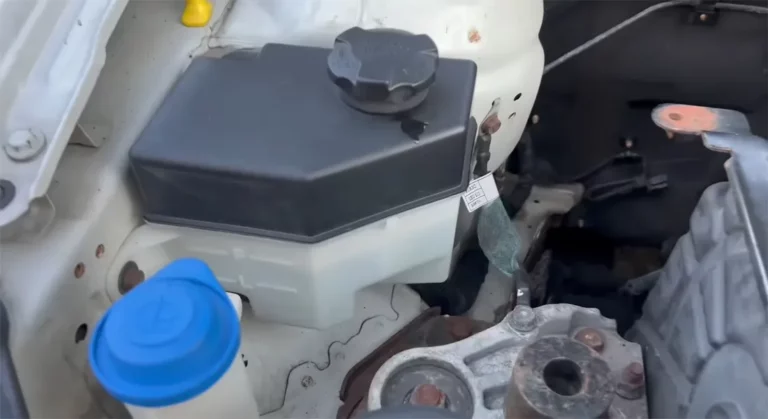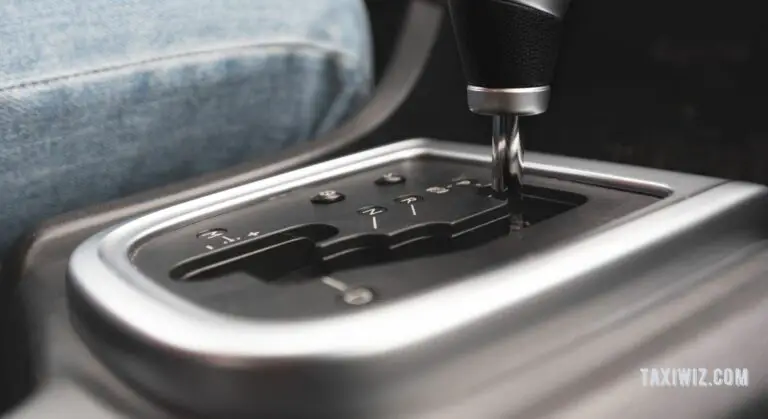Why Brakes Pulsate Even with New Rotors
Brakes usually pulsate when there’s a problem with the rotor. The rotors can be pitted, which is a condition when there are some tiny divets on the rotor. They may be gouged, or have heat scores.
So, rationally, you aren’t supposed to find your brakes pulsating after new rotors are installed.
Yet, a lot of vehicle owners experience this with brand-new rotors. What causes brakes to pulsate even if you have new rotors?
Usually, it’s because the new rotors are faulty. However, there can be other reasons too. Stay with us till the end, as we’ll discuss all the possible reasons as to why your brakes are pulsating, and how you can fix them!
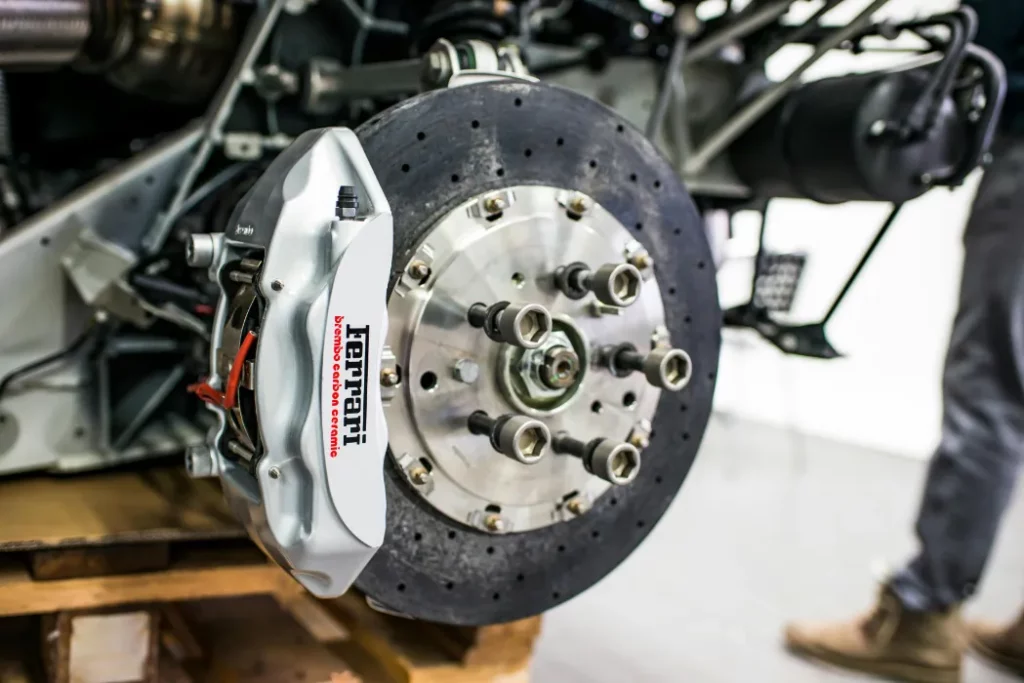
Reasons Why Brakes Pulsate Even with New Rotors
Here are the reasons why the brakes might be pulsating even with new rotors installed. Let’s take a look at them.
Warped Rotors
In certain cases, the new rotors that you replaced the old ones with might be imperfect as well. Usually, when we say rotors are imperfect, we mean that they’re warped.
Now, rotors usually don’t get warped unless they’ve been used for a long time. However, sometimes manufacturing defects may lead to a warped rotor. In such cases, the only way to fix the issue would be to get a replacement for the rotors.
Fortunately, most trusty auto shops will gladly let you exchange the faulty rotors for new ones, as these were warped from the start. This is why it’s necessary to shop from reputed stores and garages.
Worn Out Wheel Bearing
There’s a phenomenon called runout, and it refers to the condition where the rotor deviates from a perfectly flat surface.
A worn-out wheel bearing can lead to a runout in a vehicle. This is because, when the wheel bearing gets damaged or worn, it can lead to excessive looseness in the wheel hub system.
When the wheel starts rotating, the looseness can cause the rotor to move off-center and wobble. Ultimately, when the brake pads come in contact with the rotor, the friction isn’t applied evenly anymore. This leads to the wobble that can be felt on the steering.
In certain cases, this may not happen. Even then, a worn-out wheel bearing can create additional resistance on the rotor. This can affect the smooth rotation of the rotor when it spins, ultimately making the brake pulsate.
Fortunately, this can be solved rather easily. You can take your vehicle to a professional to get the wheel bearing replaced.
We wouldn’t recommend attempting this yourself unless you’ve got prior experience dealing with your vehicle.
Rust on the Hub Flange
The hub flange is a circular, flat surface on top of which the rotor sits, and it’s situated on the wheel hub. This component can get rusty over time, and if it does, it may introduce pulsation in the brake through various conditions.
As the hub flange is where the rotor sits, the surface has to be completely flat. However, rust can cause corrosion and make the surface uneven.
The uneven surface mounting of the brake rotor will cause the brake pads to apply friction unevenly, ultimately making the brake pulsate.
It can also create uneven thickness variation, which basically will have the same effect on the rotor.
If the corrosion isn’t dire, it’s possible to restore the hub flange to a decent condition. This can be done by cleaning the hub flange thoroughly. You’ll need to use proper tools to get rid of the rust, such as rust dissolvers and wire brushes.
When the hub flange is restored to optimum condition, the rotor can be installed evenly. This would solve the problem.
Collapsed Flex Hose
Sometimes, the problem isn’t with the rotors or wheel system, but the brake itself. For example, a broken or damaged brake line flex hose can lead to problems such as pulsation in the brakes.
Usually, the flex hose collapses or twists if it isn’t installed properly. If you find a problem with the flex hose, we recommend you replace it immediately.
Related Post: Car Shuts Off When Brakes Are Pressed – Reason & What To Do!
Stuck Slides of Brake Calipers
The slides on the brake calipers need to be lubricated for them to function properly. In case they aren’t lubricated at regular intervals, they get stuck and damage the rotor.
So, even if you get new rotors, chances are these slides have damaged them, and they were the root problem all along.
So, check whether the slides are stuck or not. If they are, they must be lubed or replaced altogether. Also, try to make a habit of maintaining these habits as they’ll prevent greater damage to your vehicle.
Frozen Brake Pads
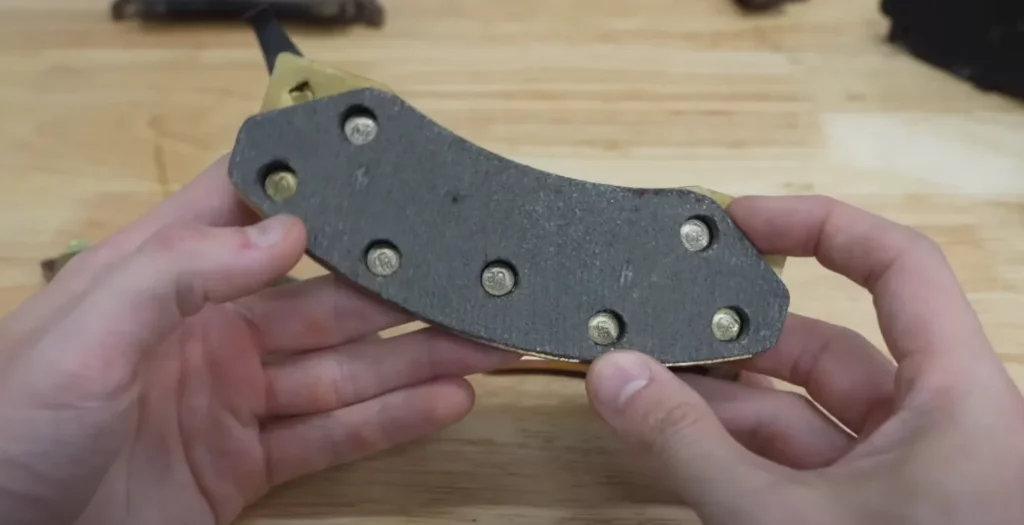
The brake pads can get frozen in certain cases, and this can end up damaging the rotor severely. If the brake pads get frozen, it can create friction with the rotor in many cases.
This will generate heat and end up warping the rotor over time. This can make the brake system wobble.
It affects the rotor in other ways as well. The brakes can inflict grooves on the rotor, and even lead to premature pad wear. These too end up creating pulsation in the break eventually.
The brake pads must be checked. Sometimes they’re stuck because of some debris, and sometimes it’s just the lack of lubrication.
In the first case, they must be cleaned to get rid of the debris. In the case of the second one, they must be lubricated properly to make it mobile again.
Related Post: Metal on Metal Brakes: All You Need to Know
Conclusion
Check the mentioned causes behind brakes pulsating after new rotors thoroughly. If you fail to identify the problem properly, you may have to end up spending more than necessary.
Once you’ve found the issue, get it fixed accordingly! However, in some cases, there may be more than one issue causing the problem. So, make sure you check all of them even if the problem seems to be fixed.

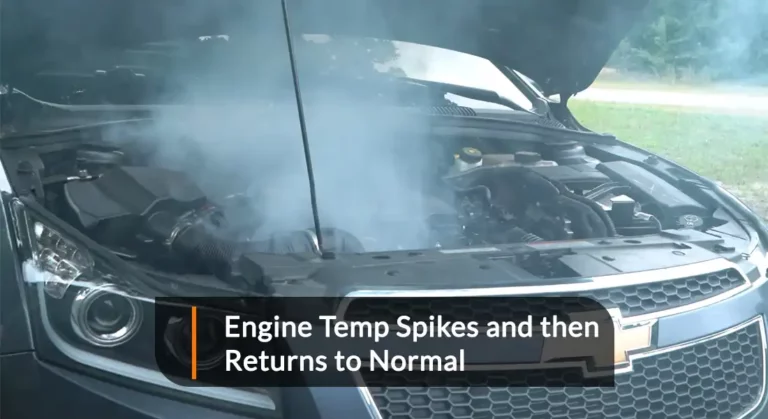
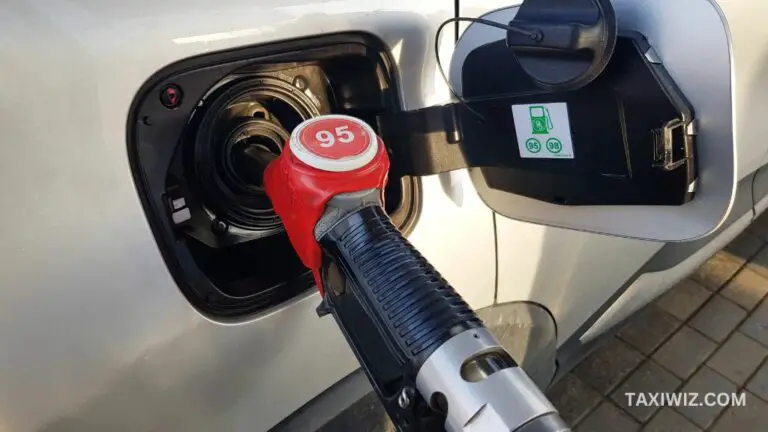
![Car Water Pump Bearing Noise [9 Fixes Explained]](https://taxiwiz.com/wp-content/uploads/2023/08/Water-Pump-Bearing-Noise-768x426.jpg)
